
LOYALTY CODE:
The paper code cannot be redeemed when browsing in private/incognito mode. Please go to a normal browser window and enter the code there
High energy, low protein feed. High in starch and possible risk of acidosis at high feeding levels.
High energy, low protein feed. High in starch and higher risk of acidosis than barley as more rapidly digested.
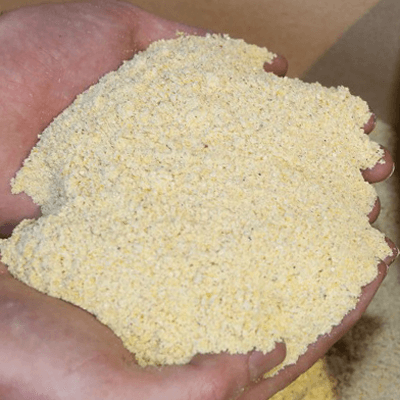 Description:
Description:
Very high energy, low protein feed. High starch but slower to be digested than barley or wheat.
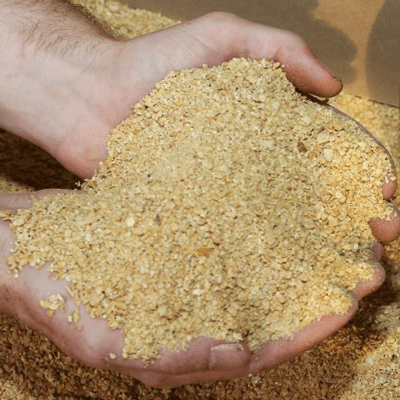 Description:
Description:
High energy, high protein feed. Excellent quality protein. By product of soya oil extraction.
 Description:
Description:
High energy, high fibre feed. Very low in protein. High in calcium, low in phosphorus. Composed of dried peel, pulp and seeds of oranges and other citrus fruits.
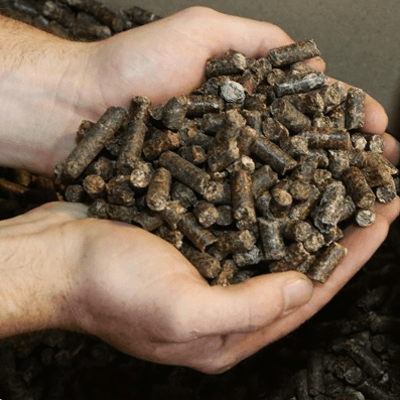 Description:
Description:
High energy, high fibre feed. By product of sugar extraction from beet.
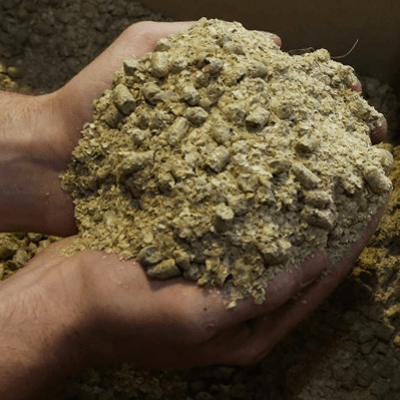 Description:
Description:
Medium energy, high fibre feed. Good ‘filler’ option. Ideal supplement at grass. By product of the de-hulling of soya beans.
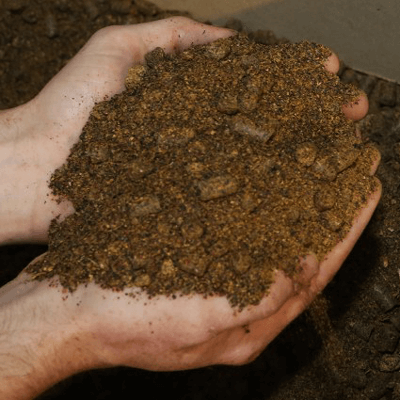 Description:
Description:
Medium energy, high protein feed. Poorer quality protein relative to soya. By product of rapeseed oil extraction.
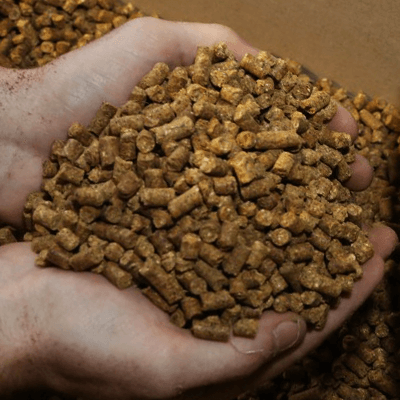 Description:
Description:
Moderate energy, moderate protein feed. By product of maize processing into bioethanol.
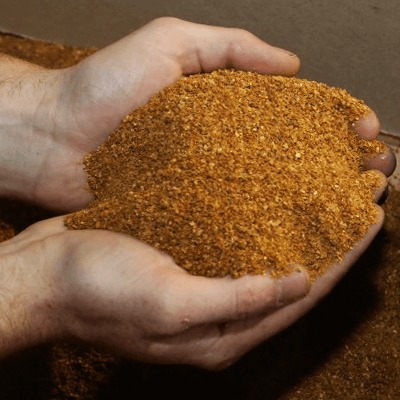 Description:
Description:
High energy, high protein feed. By product of maize processing into bioethanol.
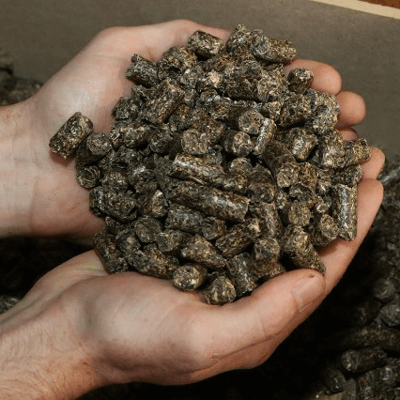 Description:
Description:
Low energy, high protein feed but protein is of poor quality. By product of sunflower oil extract.
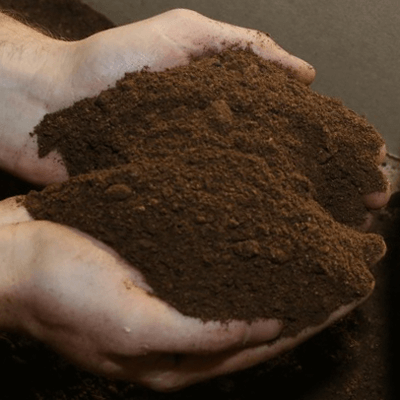 Description:
Description:
Low/medium energy, high fibre feed. Medium protein. By product of palm oil extract.
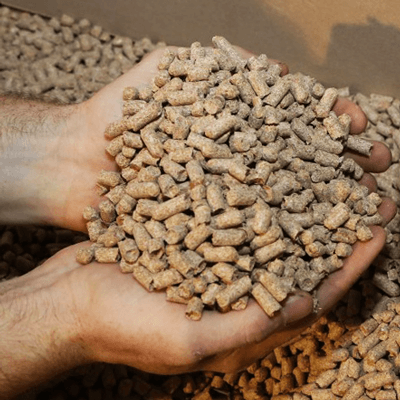 Description:
Description:
Low energy, medium protein feed. By-product of flour manufacture.
UFL (Energy) – One UFL is the net energy content of 1kg of air-dried standard barley. Soya hulls have a UFL value of 0.88UFL per kg as fed so 1kg of soya hulls contains 88% of the energy of 1kg of barley.
CP% (Crude Protein %) - Is calculated from the total level of nitrogen in the feed and doesn’t give an accurate indication of the protein which will be available to the animal. Ask for PDI values to get true protein availability from feed.
Crude fibre – Is the total amount of fibre in the feed. The digestibility of fibre can vary e.g. fibre from citrus pulp is more digestable and so provides more energy than fibre from palm kernel.